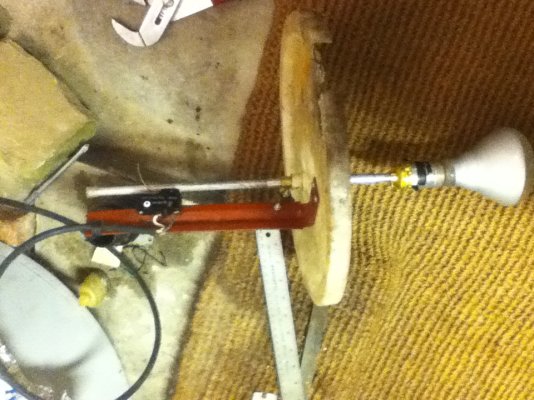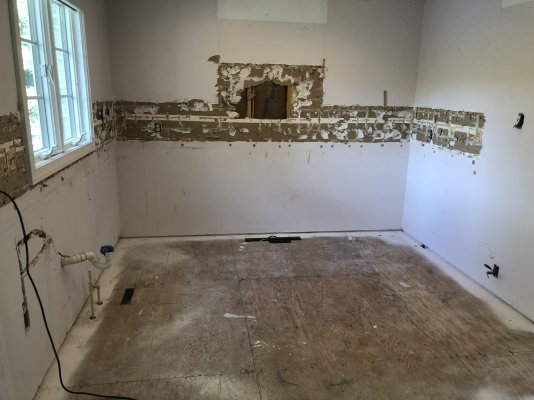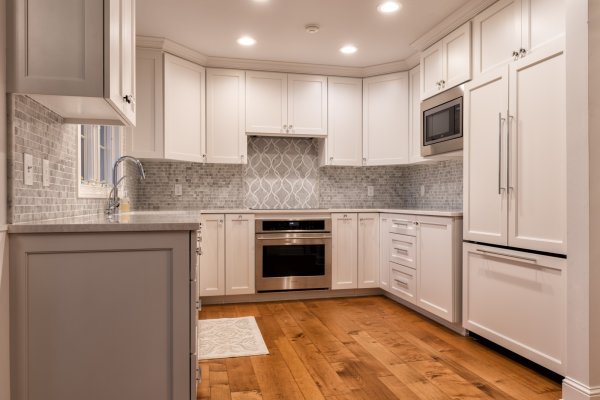In case no one has told you, Volkswagens are very strange mechanically. You're lucky you didn't have to buy some special VW tools to do the job. And there are few mechanics that know anything about modern VW's or their premium sister cars, Audi's.
There are so many people on here that show ingenuity. It's something lacking in society today.
I've been driving VWs my whole life and working on them the same. I have a well outiftted shop so not that hard, save for one CV axle that was corroded/stuck in the hub to the point that I had to take both out as one, soak with PB Blaster overnight, then heat and put in a 20 ton press to free them. I also have a couple vintage VWs, a '57 Beetle that I spent 7 years restoring and a '56 VW flatbed truck that I bought in CA this past fall. I'm used to mechanical "challenges, believe me...




